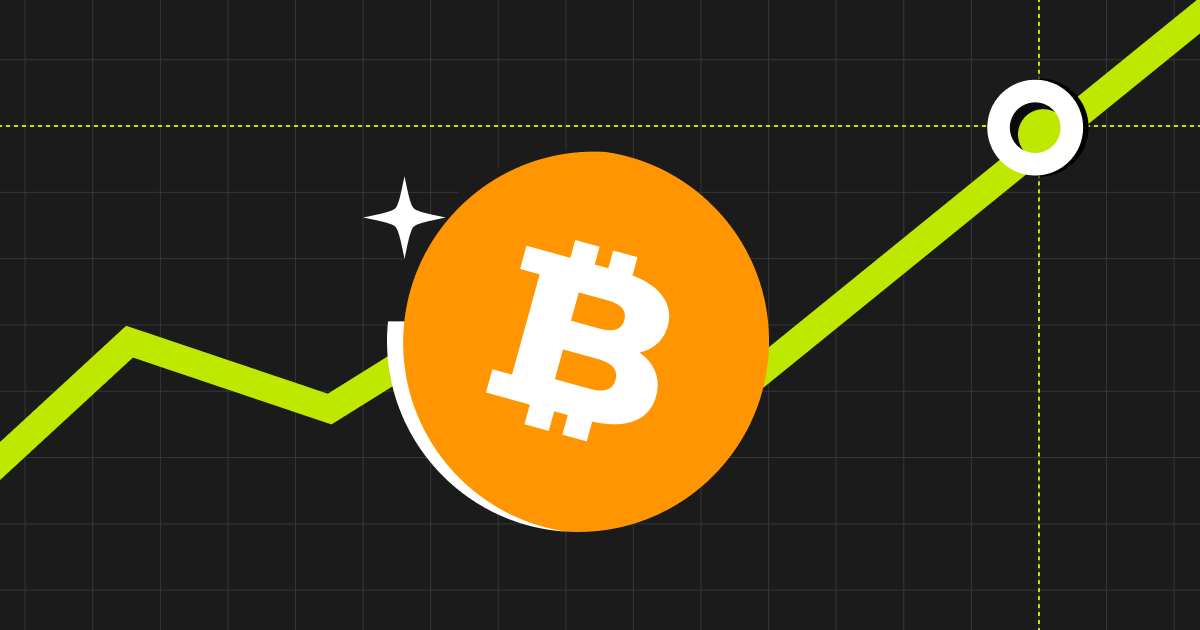Formerly known as MicroStrategy, Strategy (NASDAQ: MSTR) has completed its transformation into a Bitcoin-centric financial entity, reporting a staggering $10.02 billion net profit in Q2 2025—a 46,000% surge that defied market expectations. This dramatic reversal from prior losses stems almost entirely from $14 billion in unrealized Bitcoin gains, propelled by BTC’s 30% quarterly surge. While traditional business intelligence revenue grew marginally to $114.5 million (+2.7% YoY), operating income exploded to $14.03 billion, revealing the extreme skew toward cryptocurrency speculation. The company’s February 2025 rebranding to "Strategy" formalizes its departure from legacy software toward a high-risk treasury model centered on Bitcoin accumulation.
As of July 2025, Strategy holds 628,791 BTC—representing nearly 3% of Bitcoin’s circulating supply—with an average acquisition cost of $73,277 per coin. The holdings’ total market value exceeds $46 billion, generating $266.3 billion in unrealized gains that dominate its financial statements.
Gains and Risks
A pivotal driver of Strategy’s paper profits is its adoption of ASC 2023-08 (Fair Value Accounting) for Bitcoin, replacing the traditional "cost-less-impairment" model. This accounting shift enables real-time recognition of BTC price fluctuations, fundamentally altering financial disclosures. Under previous standards, Q2 2025 would have recorded a $180 million impairment loss rather than a $14 billion gain. The volatility implications are severe: when Bitcoin fell 11.6% in Q1 2025, the new rules triggered a $5.91 billion unrealized loss and a $4.2 billion net loss. This accounting framework magnifies both triumphs and disasters, cementing Strategy’s existential dependency on Bitcoin’s price trajectory.
Accelerating the Debt-Bitcoin Flywheel
Strategy’s leverage-driven accumulation strategy reached new extremes in Q2 2025 through aggressive capital markets activity. The company raised $6.8 billion via equity and preferred stock offerings, enabling the acquisition of 69,140 additional BTC (20% quarterly growth). Most notably, it launched a $4.2 billion STRC Perpetual Preferred Stock instrument—dubbed the "iPhone moment" by Michael Saylor—explicitly designed to fund further Bitcoin purchases while paying dividends in shares. This perpetual capital-raising machine operates on a self-reinforcing cycle: cheap financing enables BTC accumulation, which boosts net asset value (NAV), which then lowers future funding costs. The model’s sustainability faces a critical test in 2027 when $3 billion in convertible bonds mature.
Table: Strategy’s Capital Deployment (Q2 2025)
| Funding Source |
Capital Raised |
Bitcoin Purchased |
| Common Stock ATM Offering |
$2.9 billion |
42,000 BTC |
| STRK Preferred Stock |
$979 million |
14,200 BTC |
| STRC Preferred Stock |
$4.2 billion |
Targeting 60,000 BTC |
| August 2025 planned offering |
N/A |
N/A |
Legal, Technical, and Macroeconomic Challenges
Strategy faces escalating legal challenges as four class-action lawsuits allege material misrepresentation of Bitcoin strategy risks. Plaintiffs contend the company failed to disclose how ASC 2023-08 accounting inflates paper profits while obscuring liquidity vulnerabilities. Simultaneously, Bitcoin price sensitivity remains an existential threat: the firm’s survival requires BTC to stay above $40,000—its estimated collapse threshold. A mere 15% BTC correction in late July 2025 triggered a 12% MSTR stock plunge, demonstrating this fragility. Regulatory clouds also gather: Federal Reserve rate hikes threaten refinancing costs, SEC scrutiny looms over crypto accounting practices, and deferred taxes on unrealized gains total $6.31 billion—a potential cash drain if Bitcoin declines.
Competitive Landscape
Strategy’s leverage-heavy approach dwarfs peers in scale and risk exposure. While Japanese firm Metaplanet explicitly mimics its model, it operates at 1/50th the scale with 13,350 BTC. Tesla and Coinbase maintain conservative positions, using operational cash flow rather than debt for Bitcoin accumulation. This divergence highlights Strategy’s unique position as a pure-play leveraged Bitcoin proxy rather than a diversified technology company.
Table: Corporate Bitcoin Holdings Comparison
| Entity |
BTC Holdings |
Value (August 2025) |
Leverage Ratio |
| Strategy |
628,791 |
$46.2 billion |
5.8x debt/equity |
| Tesla |
10,500 |
$770 million |
Zero leverage |
| Metaplanet |
13,350 |
$980 million |
1.2x debt/equity |
| U.S. Bitcoin ETFs |
1,283,400 |
$94.1 billion |
N/A |
Strategic Risk: Bitcoin Maximalism
Strategy’s 2025 roadmap reveals fundamental tension between expansion and sustainability. Executive Chairman Michael Saylor promotes "30% Bitcoin yield" targets predicated on BTC reaching $150,000, while simultaneously advocating the "Strategy ONE" analytics platform as a volatility hedge—despite BI generating under 0.3% of asset value. The paradox intensifies with the $4.2B STRC offering: while framed as diversification capital, its prospectus directs >90% toward additional Bitcoin purchases. This contradiction underscores the firm’s inescapable bind: having tethered its fate to Bitcoin’s appreciation, it must continually double down to maintain investor confidence.
Conclusion
Strategy represents corporate finance’s most radical experiment in leverage-driven cryptocurrency speculation. Its Q2 2025 paper profits—fueled by accounting changes and Bitcoin’s rally—mask severe structural vulnerabilities: an $8.2 billion debt tower requiring perpetual refinancing, core operations generating negligible cash flow, and stock movements 90% correlated with BTC volatility. For investors, MSTR functions as a leveraged Bitcoin derivative with embedded insolvency risk—a instrument that thrives only during relentless bull markets. As Bitcoin tests resistance near $110,000, Strategy approaches saturation: further debt issuance risks crossing into junk territory, while Bitcoin purchases now materially impact market liquidity. The firm stands at a perilous peak where any sustained downturn could trigger the very death spiral its model fears most—transforming paper gains into catastrophic collapse.
References:
CoinCatch Team
Disclaimer:
Digital asset prices carry high market risk and price volatility. You should carefully consider your investment experience, financial situation, investment objectives, and risk tolerance. CoinCatch is not responsible for any losses that may occur. This article should not be considered financial advice.

